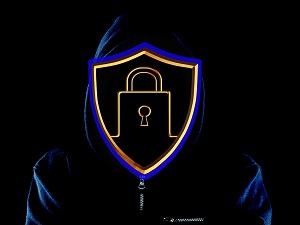 The year 2020 could well be described as the Year of Ransomware.
The year 2020 could well be described as the Year of Ransomware.
Security researchers around the globe who monitor such things have noted a sharp uptick in the use of ransomware this year, with well known threats like REvil, Ryuk, and Maze being the most common variants deployed by hackers.
That's bad enough by itself, but it gets worse. In recent months, much of the ransomware attack activity has been aimed squarely at the healthcare sector, which is grim news indeed, given that we are relying on that very sector to help put the still-raging global pandemic behind us.
Based on data collected by Check Point, Ryuk ransomware alone was responsible for more than twenty attacks on corporate networks a week, on average, which is a huge spike. In fact, in the US, ransomware activity has nearly doubled, increasing by 98.1 percent this quarter, compared with the same period from last year.
While that's far and away the largest increase, globally, ransomware attacks are up nearly 50 percent, with several countries reporting incredible surges in ransomware activity, including:
- India, with a 39.2 percent increase
- Russia, with a 57.9 percent increase
- Turkey, with a 32.5 percent increase
None of these, however, can hold a candle to the buffeting that poor Sri Lanka is currently enduring, with a staggering 436 percent increase in ransomware activity reported.
From the perspective of the hackers, it's easy to see the attraction. Most companies are terrified of such attacks because they can bring corporate operations to a screeching halt in the blink of an eye, and can be notoriously difficult to recover from.
Given that, hackers have had a great deal of success in extorting large sums of money from companies of all shapes and sizes, and now we know they're also in the habit of making copies of sensitive data for themselves before they encrypt all your files. Keep your guard up, it's probably going to get worse as the year rolls on.


